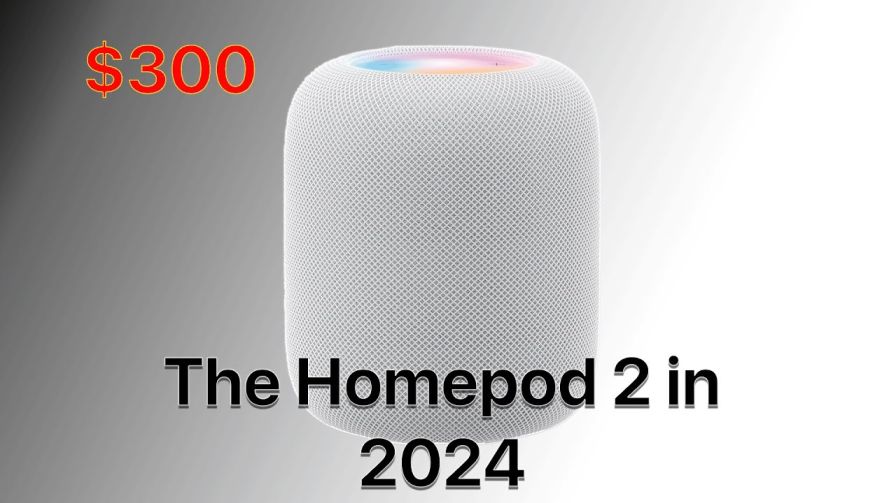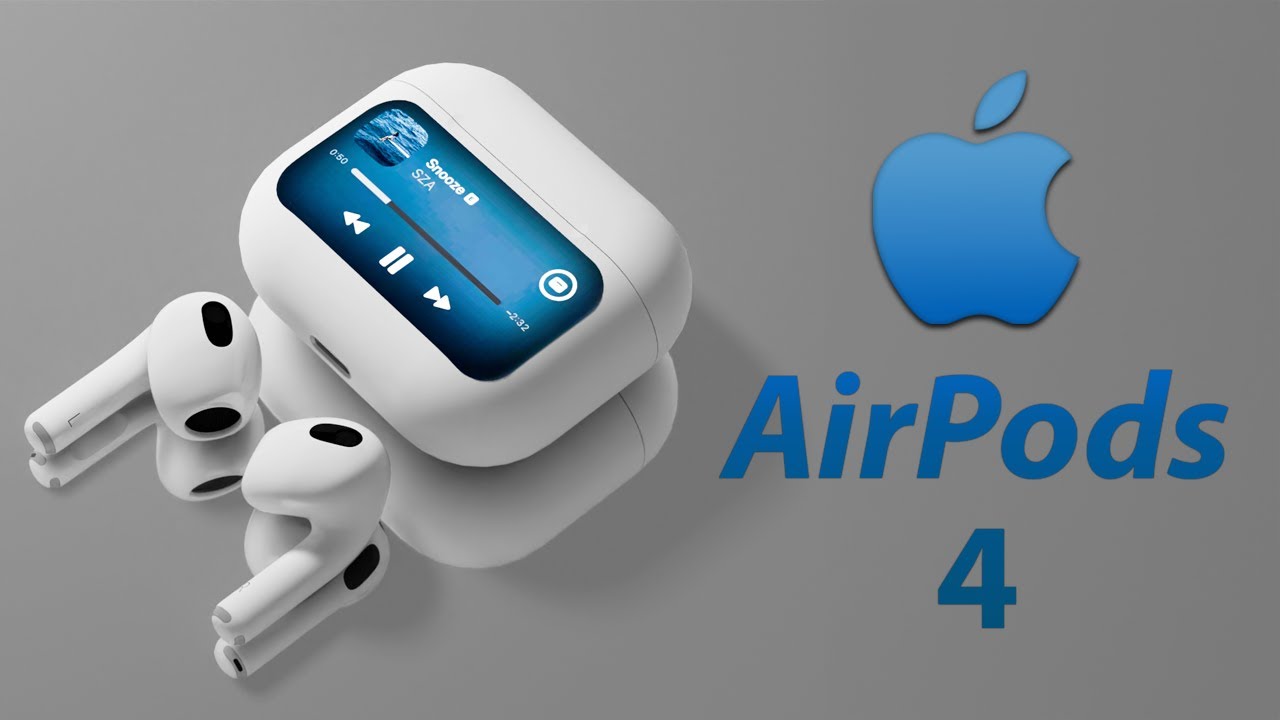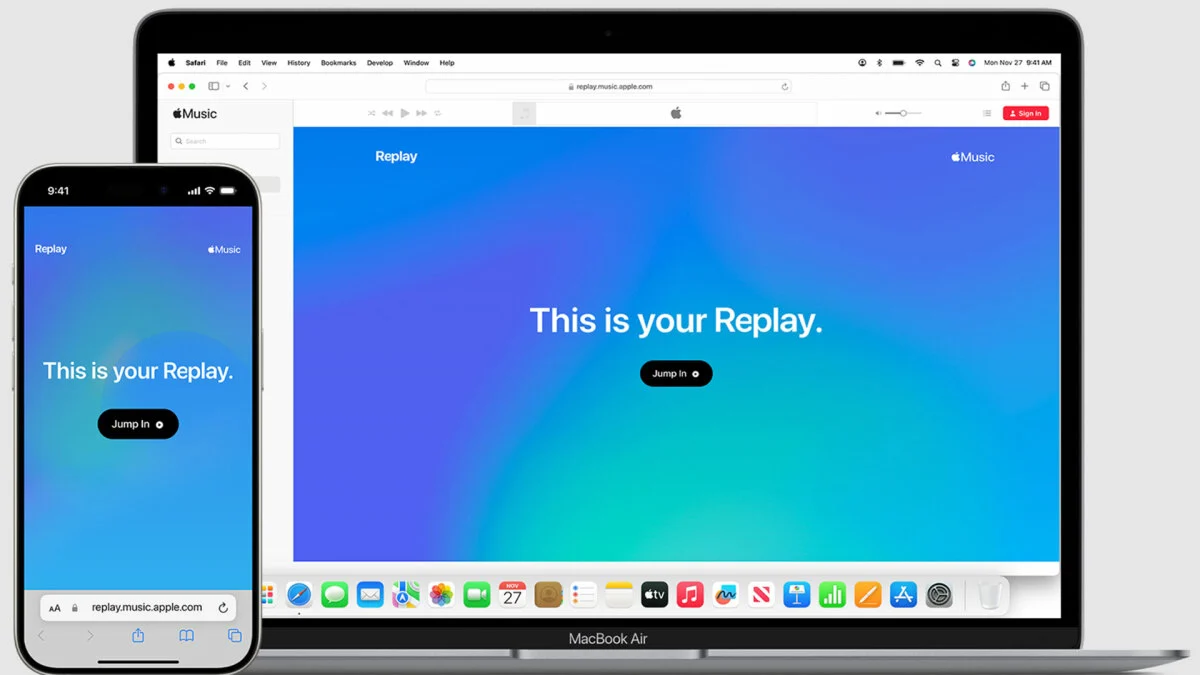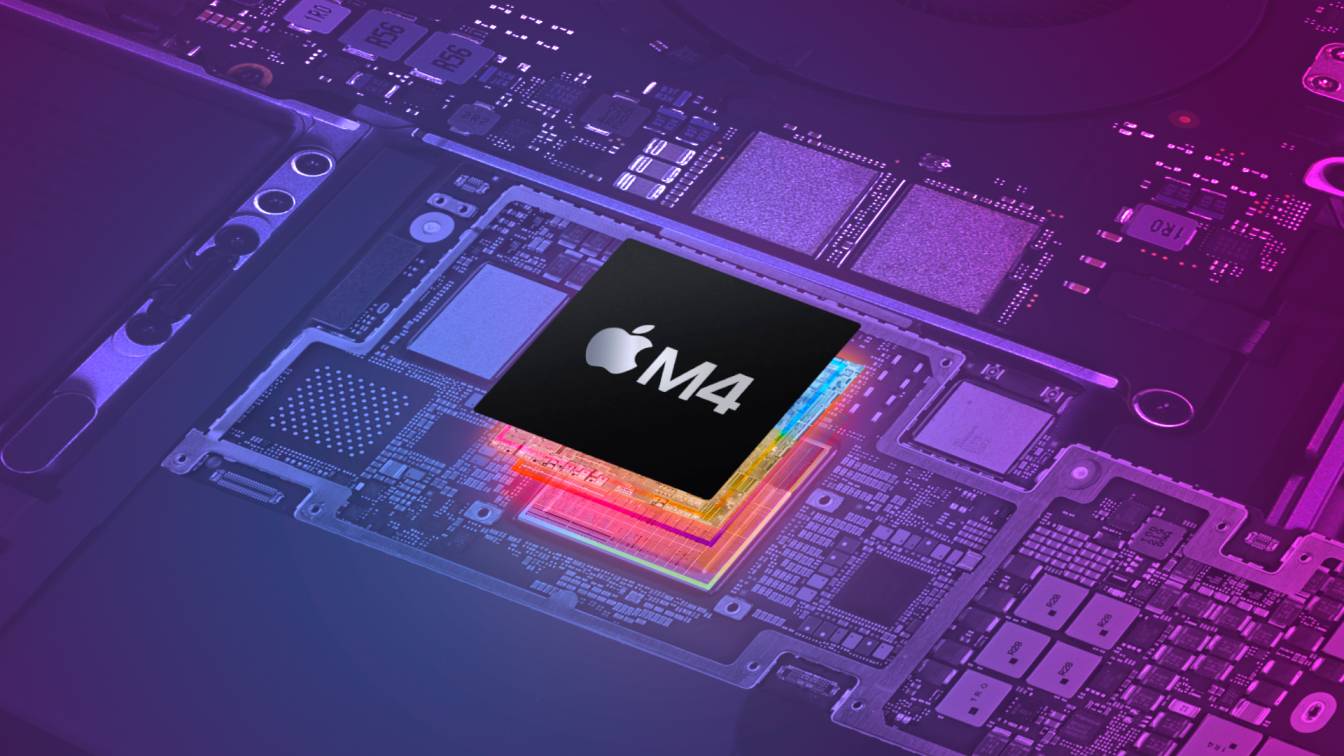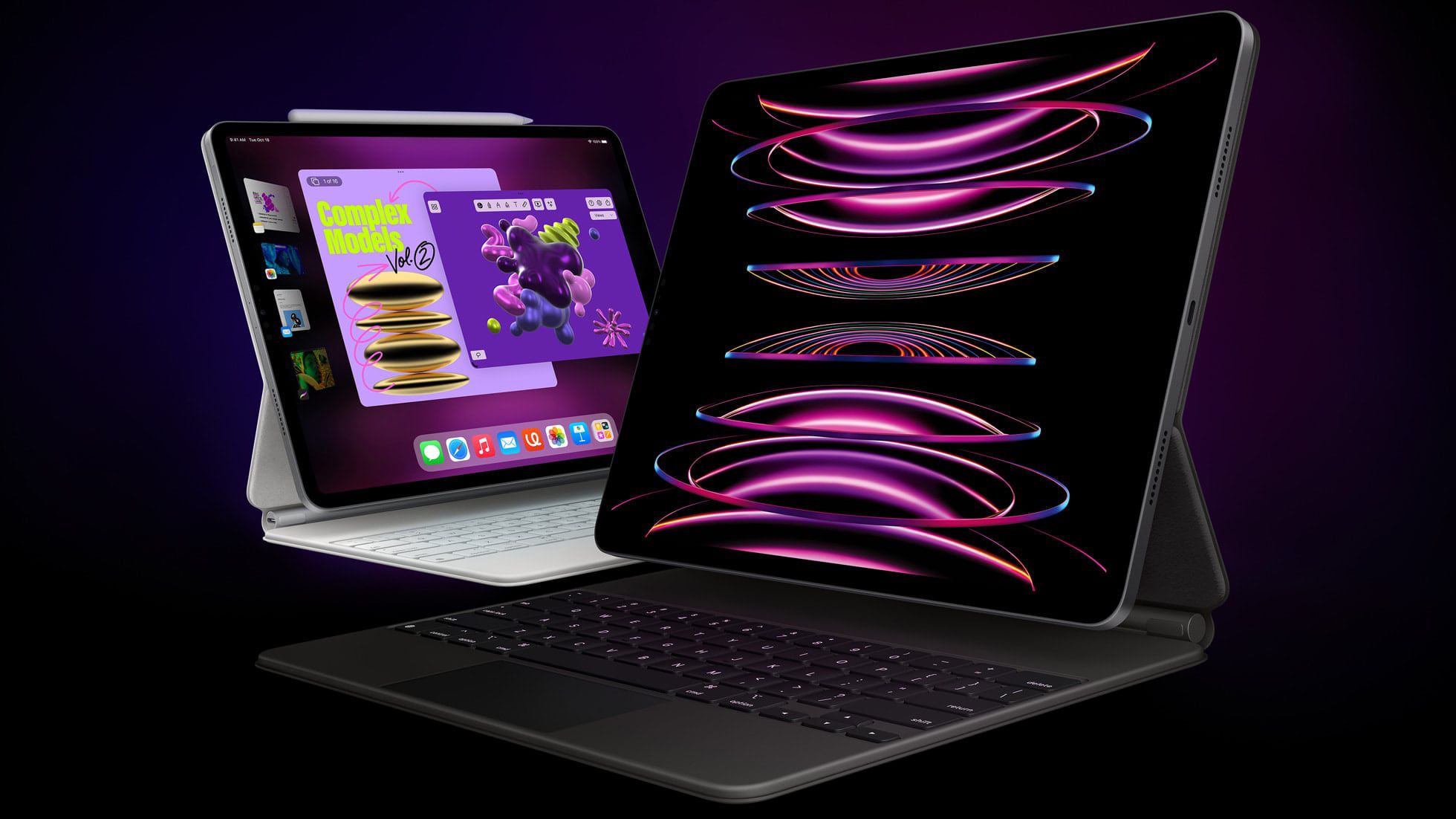
Most often, connecting a wired printer is easy. Pick the right cable, and then plug one end into the printer and the other into a computer or network. Connecting a wireless printer, on the other hand, is, well, not unchangingly as easy. Plane when everything goes smoothly, it's still increasingly complicated than plugging in a cable.
A few years ago, when most people talked well-nigh wireless printers, they meant devices uniform with Wi-Fi (802.11), but now there are moreover Wi-Fi Direct and Bluetooth devices to consider. To make matters increasingly complex, the steps vary for all three methods depending on the word-for-word printer model you own. This, of course, makes it untellable to imbricate all existing variations.
The good news is that much of these procedures are streamlined in your modern desktop and mobile operating system. Often, your OS will simply walk you through the process. Still, the steps for connecting wirelessly to a printer depend largely on what method you're using, what type of printer you have, and the router type.
Ready to print? Here are some tips on how to set up your wireless printer, courtesy of PCMag's William Harrel.
Review Your Settings Surpassing Getting Started
Unless your network uses static IP addresses or flipside protocol besides DHCP, much of this process is automatic. Printers usually find and connect (with credentials you provide) to your router, and subsequently to your computing device. (Note that if your network is not DHCP, we suggest that you contact your sysadmin and/or set up a static IP address.)
You should moreover know well-nigh any other settings that you may have reverted from the most worldwide choices. For example, if you turned off DHCP, which automatically assigns IP addresses, you need to assign the printer an IP address manually. Similarly, if you set the wangle point to connect only with devices with specific MAC addresses, you have to enter the printer's MAC write in the list surpassing you install it.
Key information you may need during the setup process includes the network's SSID (its name), the network password, and which security protocol your network uses (WEP, WPA, or WPA2). If this is a network that you did not set up yourself, you should be worldly-wise to contact someone who can requite you the information. We will moreover seem that you are using the most worldwide settings or know how to unbend the changes that have been made.
Any Wi-Fi device, including a printer, can support one or increasingly of three variegated Wi-Fi modes: infrastructure, ad hoc, and Wi-Fi Direct. Infrastructure mode requires a Wi-Fi wangle point, usually built into a router. The idea is that all the Wi-Fi devices on your network connect through the wangle point. If you have a network with an wangle point, both it and every other Wi-Fi device on the network should once be set for infrastructure mode. Virtually any Wi-Fi printer will support this mode.
How to Connect Your Printer Through an Wangle Point
It’s seldom necessary to install drivers on your computer anymore. Today’s operating systems are pretty good at zeroing in on new printers on the network. You add printers in Windows 10 under Settings > Devices > Printers & scanners, and click Add a printer or scanner. In Windows 11, throne to Settings > Bluetooth & devices > Printers & scanners and segregate Add device.

Windows will search your network for a new printer. If the printer is found, double-click the device in the list to protract the installation process. If your printer is relatively new, it should come with some sort of modern installation option, such as an onboard wizard, a transmission setup where all you need to know is the network SSID and password, or Wi-Fi Easy Connect, which uses a QR Code you can scan with your phone to go through the setup process.
Other printers may have you find separate menu options to segregate and fill in individually. Less frequent these days, the suburbanite installation program that you download from the manufacturer’s support site will take superintendency of inward the information in the printer, sometimes telling you to connect by USB subscription to send the settings to the printer.
Check your printer's setup guide to find out which tideway to use. If you've lost your original documentation, you should be worldly-wise to download copies from the manufacturer's support site. Regardless of the approach, once you enter the information the printer needs, it should establish the connection.

If, for some reason, Windows doesn't find your printer, first try undoing any network settings you may have reverted to see if that fixes the issue. Otherwise, you may need to install it manually. To do this, click The printer that I want isn't listed when it appears without Windows stops searching.
You have several options to segregate from, some self-explanatory, some not as much.
My printer is a little older. Help me find it. Selecting this option brings up a dialog box that searches for your printer. If the printer is not found, you are provided with several options, many of which are vastitude this simple guide and may require spare information from your home network gear or, if at work, your IT people.
Select a shared printer by name: All devices on your network will have a name, either one you, IT, or the network itself gave it. You can either type the name of the network printer to search for it (note the format of the examples under the Browse field), or you can leave that field zippo and click Browse to see all uninstalled printers.

Add a printer using an IP write or hostname: This is similar to subtracting a printer manually. Select this options and click Next, then enter the printer’s hostname or IP write in the ensuing dialog box. Click Next to well-constructed the process.
Add a Bluetooth, wireless, or network-discoverable device: Choose this option and click Next to make the computer search for new devices. If the device you are looking for is displayed, double-click the entry to install it.
Add a local printer or a network printer with transmission settings: Here, again, we’re subtracting a printer manually.
How to Connect Your Printer Through Wi-Fi Direct
Some printers indulge you to connect directly to flipside Wi-Fi device for wireless printing. Connecting directly like this requires your printer to support ad-hoc (peer-to-peer network) mode or the increasingly modern, and easier to use, Wi-Fi Direct. This mode is by far the preferred nomination for uncontrived connections. Not only is it easier to use, but you can connect two devices with it, plane if only one of the two supports Wi-Fi Direct.

As an example of how it works, a Brother laser printer we were testing at PC Labs let me establish a secure connection with a Windows palmtop simply by turning on Wi-Fi Uncontrived in the printer. I clicked on the Wireless icon in the laptop's system tray, picked the printer from the list of misogynist networks, and entered the password for the printer.

Once the printer is dissemination that Wi-Fi Uncontrived is on, Windows can find the printer and install drivers. In most cases, Windows will once know well-nigh your printer and how to use it, or where to find the necessary drivers. Wi-Fi Uncontrived is designed for this sort of easy connection, so this should be a typical setup scenario for any Wi-Fi Uncontrived printer.
It's important to note that the Wi-Fi Alliance states that if your printer doesn't support Wi-Fi Direct, but your computer (or phone or tablet) does, you can still use a Wi-Fi Uncontrived connection. The promise is that any Wi-Fi Uncontrived connection will be easy to set up.
If you must use ad-hoc mode, you can set up an ad-hoc connection in Windows 11 by going to Settings > Network & Internet > Advanced Network Settings > Advanced Sharing Settings and enabling Network Discovery. The process is a bit increasingly complicated in Windows 10.
While the setup process depends on the printer itself, you can typically connect much the same way as you would connect to an wangle point, by inward the SSID and other details through the printer menus.
How to Connect Your Printer to a Smartphone or Tablet
The way mobile devices wangle printers has reverted dramatically over the past decade. Now, most printers—or at least printer manufacturers—provide their own apps. Once you install the app to your iPhone or Android device, it will find your printer and let you print. HP Smart App, for example, lets you set up and manage most HP printers, scan files with your camera, print documents and photos, send faxes, and more.
Another option is Apple's AirPrint, which makes it easy to print from iOS devices to compatible printers (thousands of printer models are now supported), though you must print through an wangle point, with both devices unfluctuating to a Wi-Fi network. You can then print within supported apps by selecting Print and picking an misogynist printer. Though Google Cloud Print shut lanugo in 2020, Android users have Mopria Print Service.
These days, though, it’s easier to install an app on your device, and it will offer a wider full-length set, too. Depending on the printer, apps from Canon, Epson, and HP moreover include features for editing and enhancing photos with special effects, decorative text, frames, and so on.
No one-size-fits-all wireless printing solution covers all scenarios, but you do have a greater range of options than ever. Whether you want to print from a palmtop or a mobile device to a wireless printer, several solutions will likely be misogynist to you. If one doesn't work to your satisfaction, you can unchangingly try another.
This vendible originally appeared on PCMag.com, Mashable's sibling site. PCMag.com is a leading validity on technology, delivering Labs-based, self-sustaining reviews of the latest products and services.

